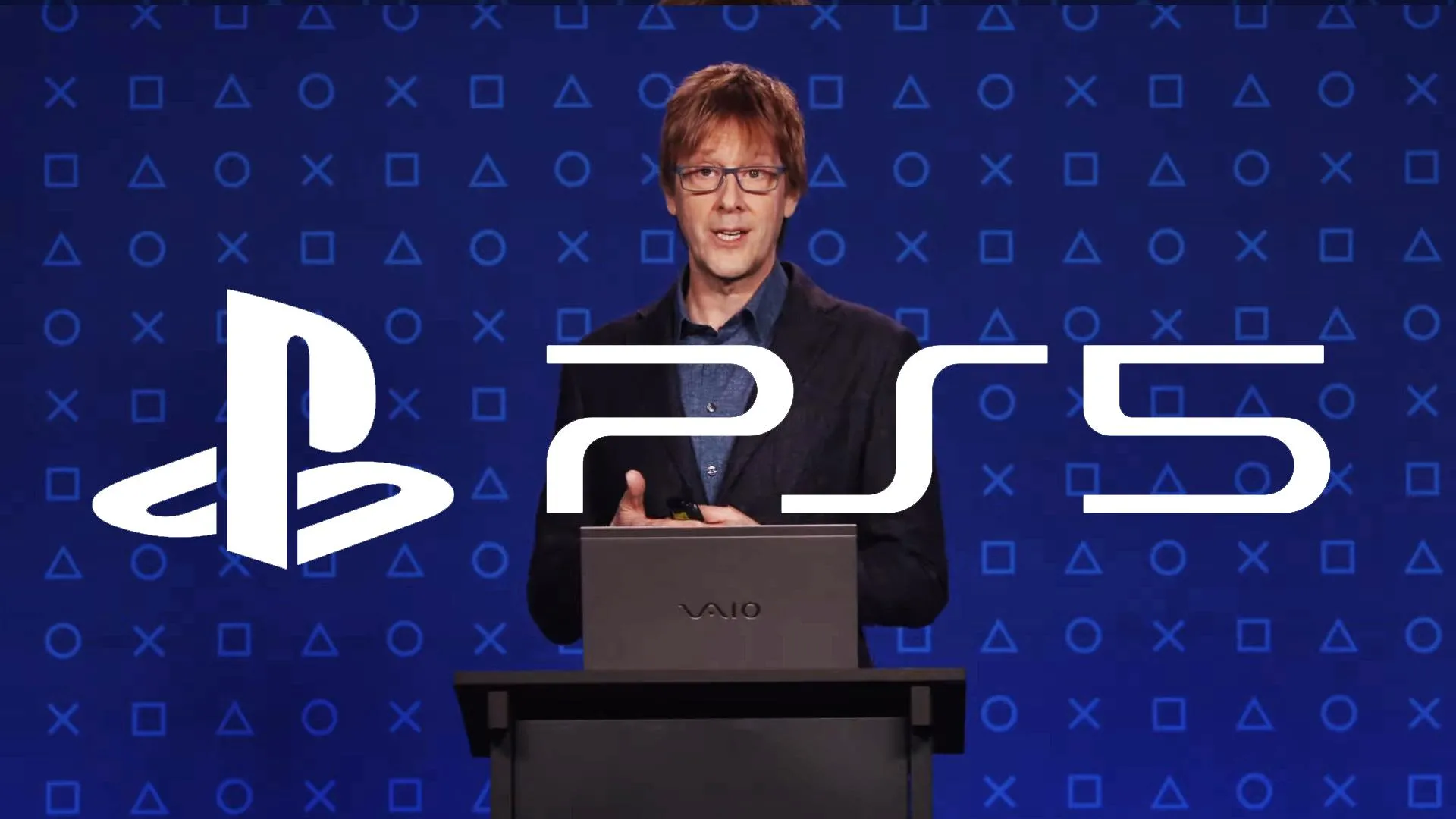
Fans are excited to find out more about Sony's next-generation console, PlayStation 5, and exactly how it will bring about the future of gaming. More details behind the technical and hardware components that make PlayStation 5 such an innovative and powerful platform have been revealed today; the ultra-high-speed SSD, integrated custom I/O system, custom AMD GPU with ray tracing, and highly immersive 3D audio. With these capabilities, PS5 will allow developers to maximize their creativity, building expansive worlds and new play experiences in the games they design.
This presentation from Mark Cerny, lead system architect for PS5, dives deep into the hardware system’s architecture and how Sony designed PS5 to benefit developers and the games they create.
As Mark discussed in his presentation, PS5’s ultra-high-speed SSD and integrated custom I/O system were developed with the goal of removing barriers to play, specifically loading screens. Developers are able to stream assets into PS5 games at an incredibly fast rate, so PS5 play experiences can be seamless and dynamic, with near-instantaneous fast travel through large game worlds. This enhanced speed will enable game developers to create larger, richer worlds without traditional limitations, such as load times, and also allows gamers to spend more time gaming than waiting.
Mark also wanted to introduce new capabilities with PS5’s custom GPU. Additional GPU power will allow for higher resolution in games, but a major new feature that benefits the visuals of games even further is ray tracing. Ray tracing simulates the way light moves in real life, and how it bounces off various surfaces. Games that take advantage of this feature will render objects much more accurately, and with heightened realism. Water, glass, light refraction, a character’s hair and so on, will look even more realistic.
PS5 will also allow games to offer a much deeper sense of immersion through 3D audio. Visuals are of course imperative to the gaming experience, but the audio plays a crucial role as well. PS5 will deliver a compelling audio experience for all users, not just those who own high-end speaker systems. So it has been designed and built a custom engine for 3D audio that is equipped with the power and efficiency for ideal audio rendering. With 3D audio on PS5, the sounds you hear while playing will offer a greater sense of presence and locality. You’ll be able to hear raindrops hitting different surfaces all around you, and you can hear and precisely locate where an enemy is lurking behind you.
Lastly, Mark confirm that the backwards compatibility features are working well. They recently took a look at the top 100 PS4 titles as ranked by play time, and they're expecting almost all of them to be playable at launch on PS5. With more than 4000 games published on PS4, they will continue the testing process and expand backwards compatibility coverage over time.
Make sure to keep an eye out for more PlayStation 5 updates down the road, and meanwhile, check out the chart below for the official list of PS5 specs.
| CPU | x86-64-AMD Ryzen™ “Zen 2” |
| 8 Cores / 16 Threads | |
| Variable frequency, up to 3.5 GHz | |
| GPU | AMD Radeon™ RDNA 2-based graphics engine |
| Ray Tracing Acceleration | |
| Variable frequency, up to 2.23 GHz (10.3 TFLOPS) | |
| System Memory | GDDR6 16GB |
| 448GB/s Bandwidth | |
| SSD | 825GB |
| 5.5GB/s Read Bandwidth | |
| PS5 Game Disc | Ultra HD Blu-ray™, up to 100GB/disc |
| Video Out | Support of 4K 120Hz, TVs, 8K TVs, VRR (specified by HDMI ver.2.1) |
| Audio | “Tempest” 3D AudioTech |
